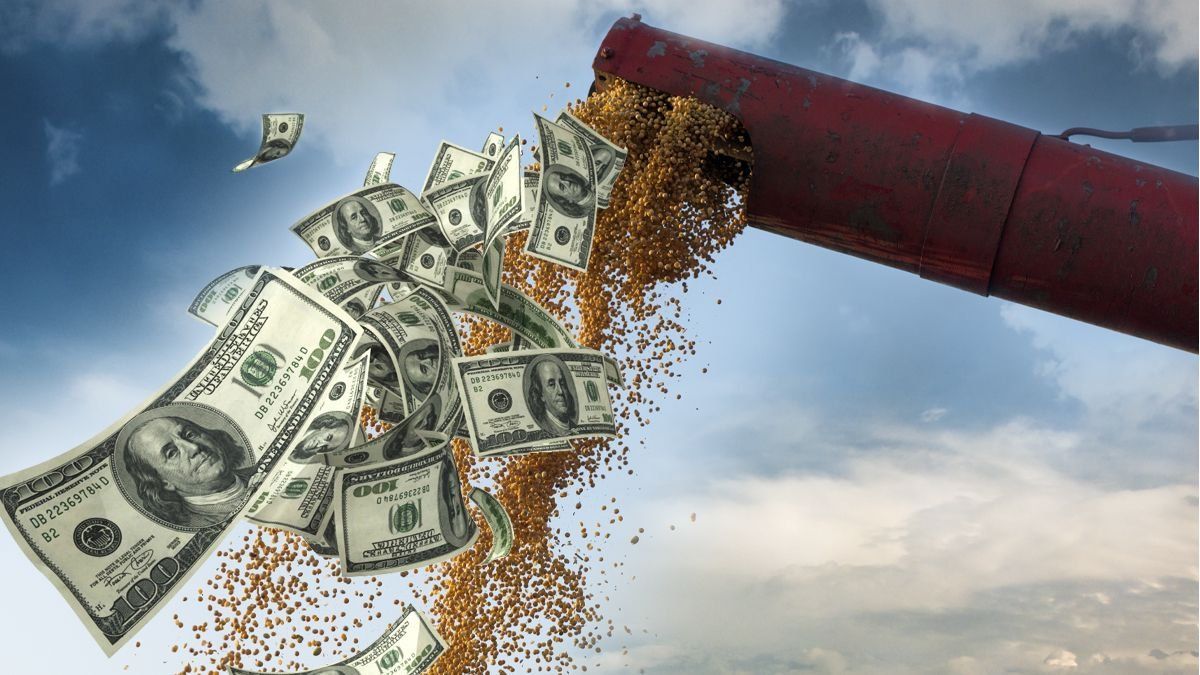Then, it is expected that US$4,000 million will be liquidated from the regional economies until the end of August. Price and supply agreement in sight.
As of this Monday, the Government is committed to reversing the negative balance of the Central Bank to begin accumulating foreign currency with soybean sales as the engine. It will be the debut of the third edition of the so-called soybean dollar -which contemplates a differential exchange rate of $300 for the oilseed- and whose main objective is to bring in some US$5,000 million in just 45 days. Going forward, the official projection also indicates that they would be liquidated, until the end of August, another US$4,000 million from the regional economies, with the new agricultural dollar. In total it would be about US$9,000 million, which would act as a bridge until the next wheat campaign.
The content you want to access is exclusive to subscribers.
In the sector they explain that, derived from soybean sales and the foreign exchange settlement of agro-exporting companies, as of Monday they should enter a daily average of US$160 million, a figure that would serve to change the negative sign with which the BCRA has been closing for more than 20 rounds. Meanwhile, producers would receive an average price per ton of soybeans of around $110,000. The axis of this new measure will be not only to capture the 7 million tons of soybeans from last season that have not yet been sold, but also grain from the new harvest that will begin to arrive at the ports shortly.


The current soybean harvest would not be able to exceed 25 million tons and as a result of the drought, it is estimated that 1 out of every 3 hectares that were planted was lost.. Taking this situation into account, there will in itself be less availability of dollars this year, but producers will also have to execute sales more quickly than in other years. That is why it is expected to capture a good volume of grain from the new campaign.
“In general terms, more than US$5,000 million can enter, as indicated by the companies in the sector, more specifically, the liquidation of the field in these 45 days could be around US$6,000 million, as long as the producers take advantage of the stipulated window of time to sell at a better value, something that is very likely to happen. The question is what will happen after May 24, because if what happened with the two previous editions of the soybean dollar is considered, from the end of the differential exchange rate soybean sales contracted monumentally and, therefore, the income of foreign exchange. There the agricultural dollar will play a strategic role, which will seek another $ 4,000 million from the regional economies until the end of August ”, he pointed out in dialogue with Ámbito Javier Preciado Patiño, former undersecretary of Agricultural Markets and agro-industrial consultant.
The specialist in agro-industrial issues and markets also explained a fundamental issue to take into account with the soybean dollar: “It is true that companies that use soybeans in the domestic market will be harmed because they will have to pay an export price, but the truth is which is for a very short time. In addition, the incidence of soy in animal feed is also very small. That is why the prices of meat, chicken or eggs should not increase due to this measure. If it happens, it is due to speculation since what they use the most is corn and despite the drought the supply of cereal is more than assured”.
Prices and exports
Fairly, The national government wants the agricultural dollar to generate a currency shock but not harm internal prices in the midst of strong inflation. That is why, as regards regional economies, the scope of the measure is still being defined.
The focus will be that the sectors that access the differential exchange rate until the end of August commit beforehand to supply the domestic market and also sign a price agreement. As Massa explained during the presentation of the new edition of the program, it will be a necessary condition to access the benefits that companies “participate in the price program, maintain jobs and guarantee volume and supply of the products that are committed to in the price program “.
“We want this greater profit and this recovery of competitiveness to be reflected in the prices of the internal market,” the minister remarked. If these conditions are not met, the companies “will be deregistered” and will not be able to access the differential exchange rate.
The peanut and wine industry will be two of the most benefited by this measure. As for the dairy sector, the price agreement will be key to obtain the approval of the Government. In any case, in all the exporting sectors of the regional economies they welcome this measure that could speed up exports and also provide greater robustness to the BCRA reserves.
Source: Ambito




